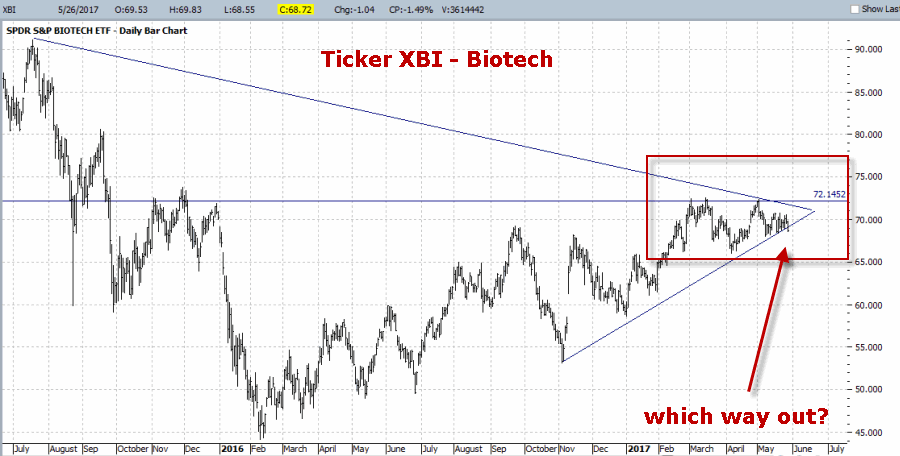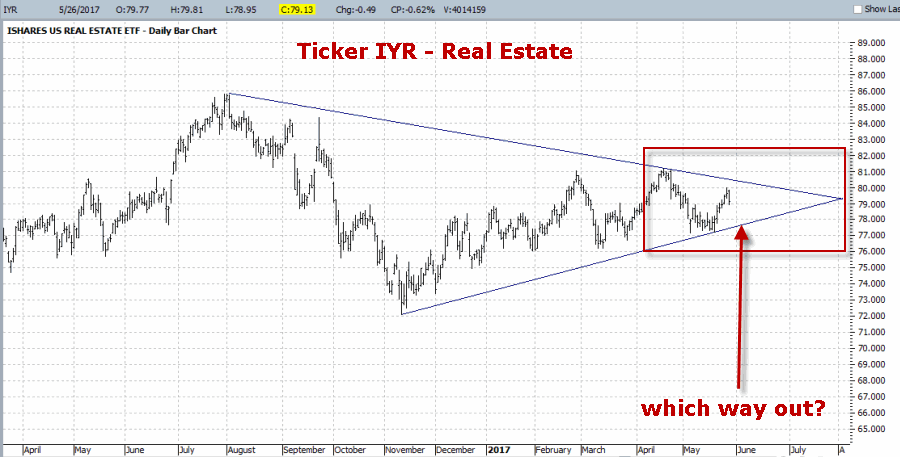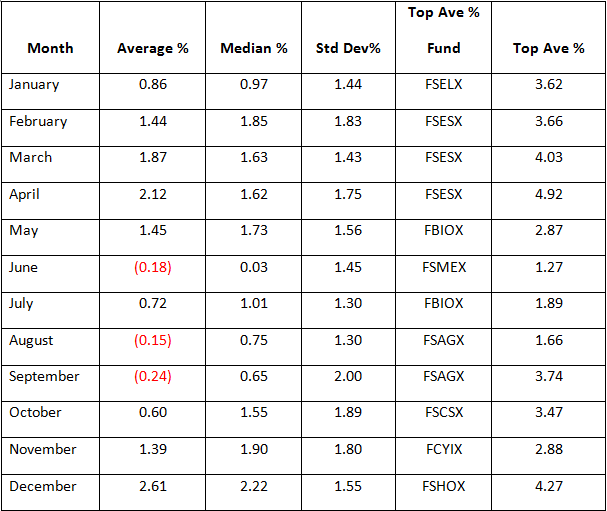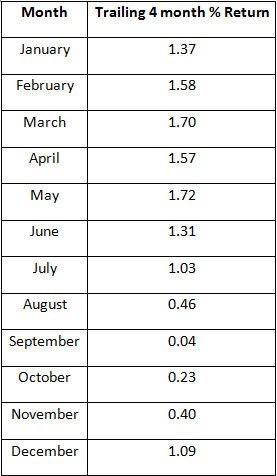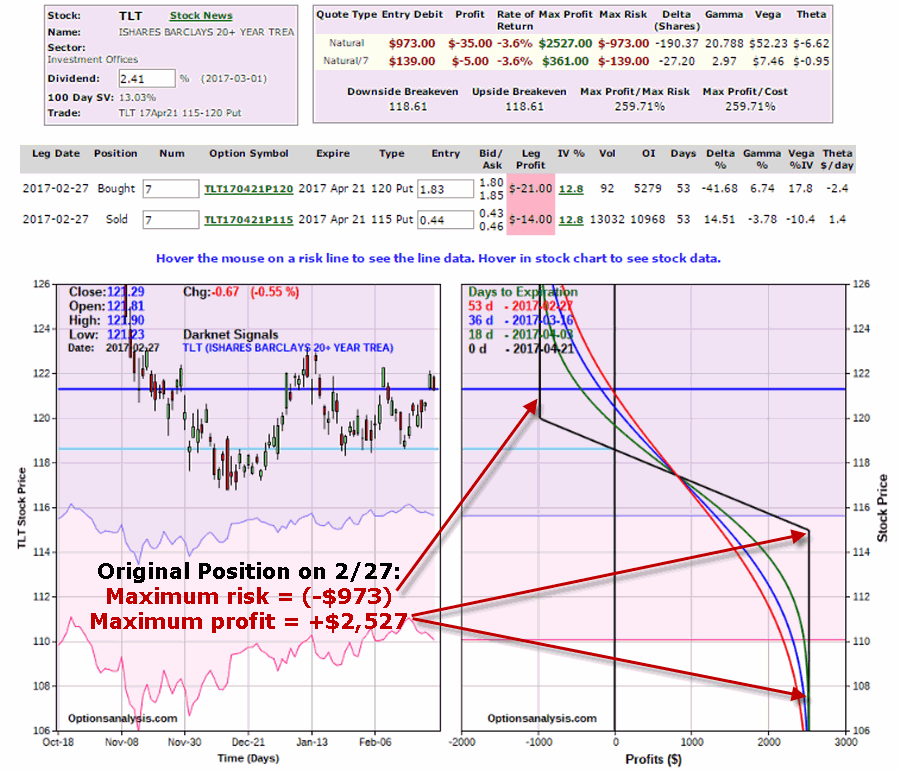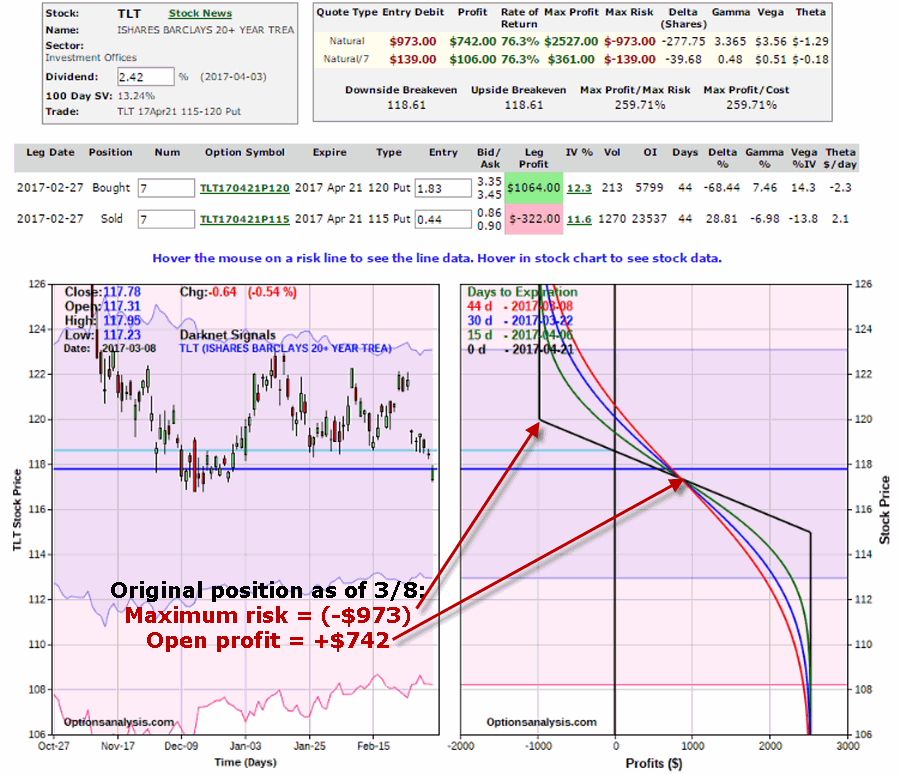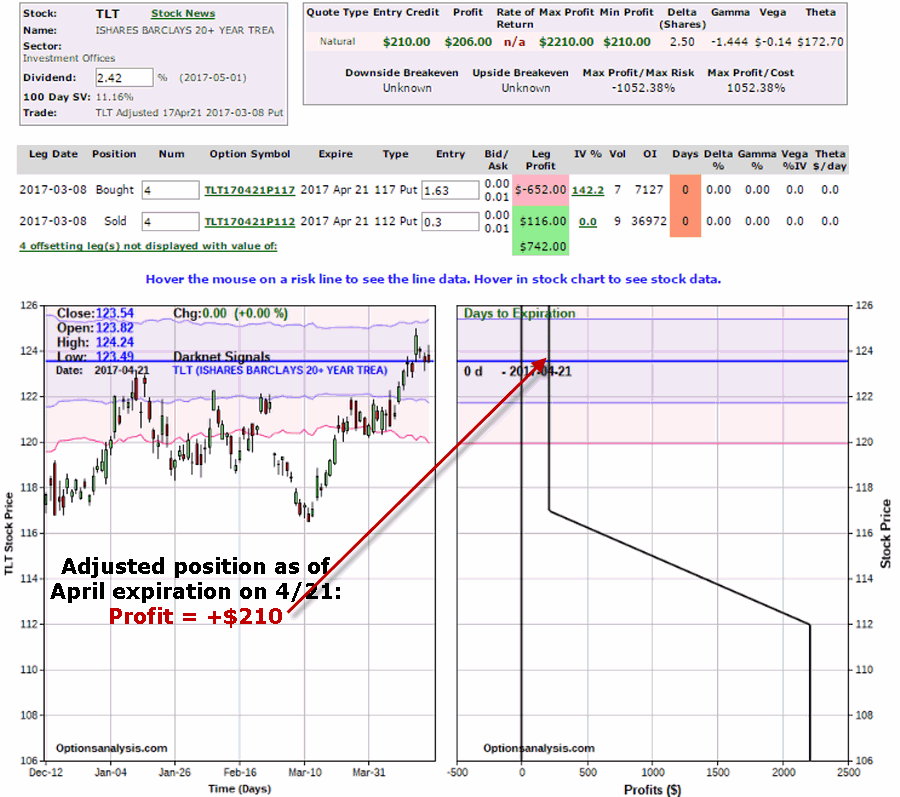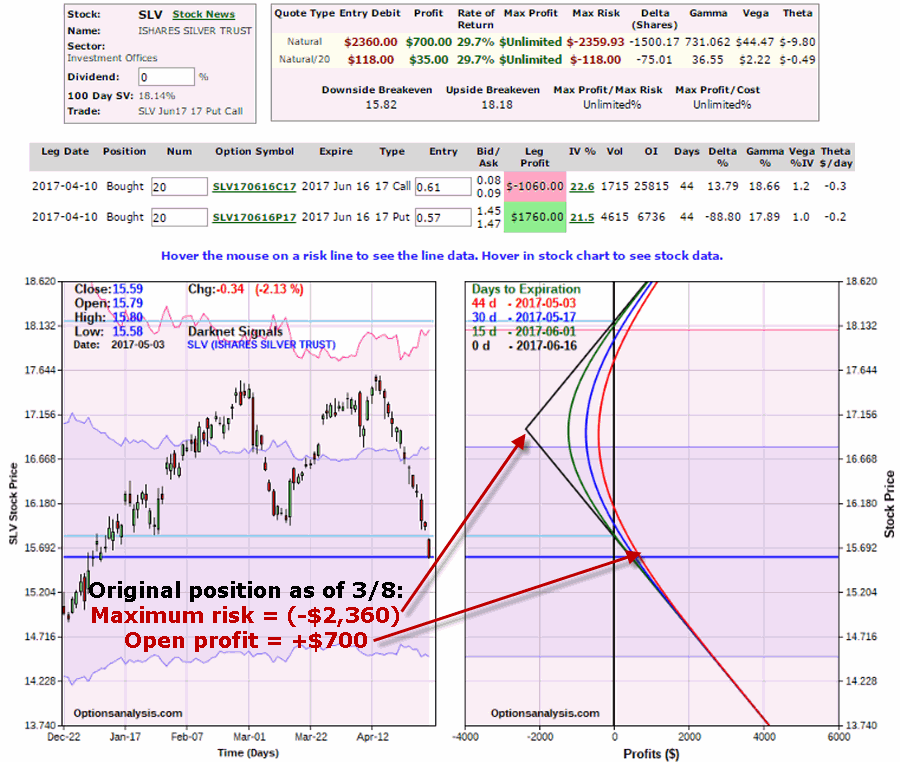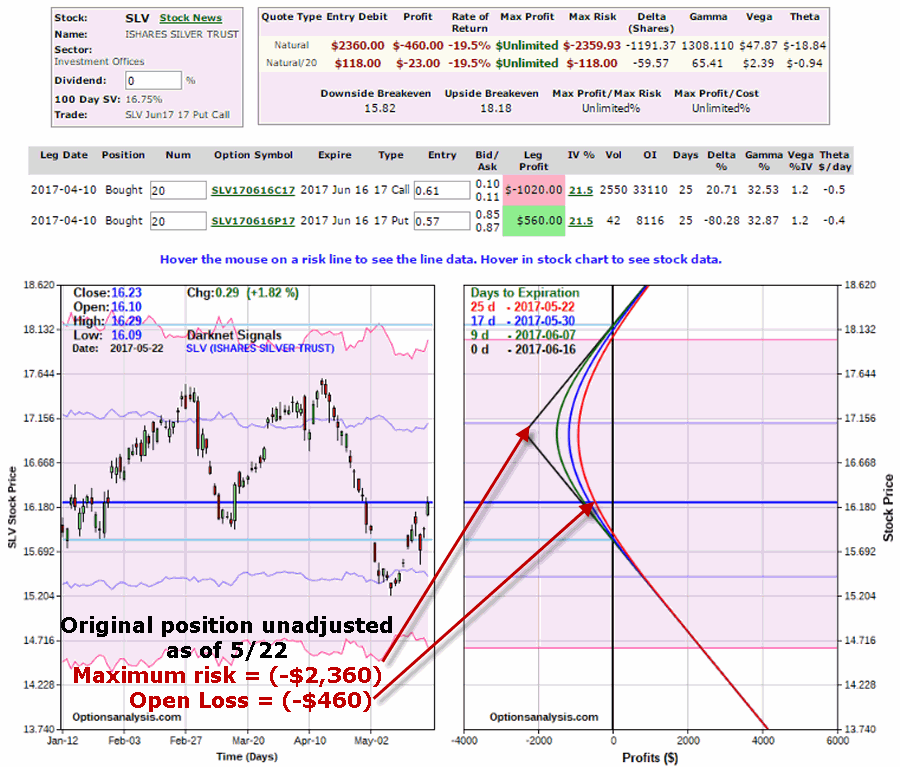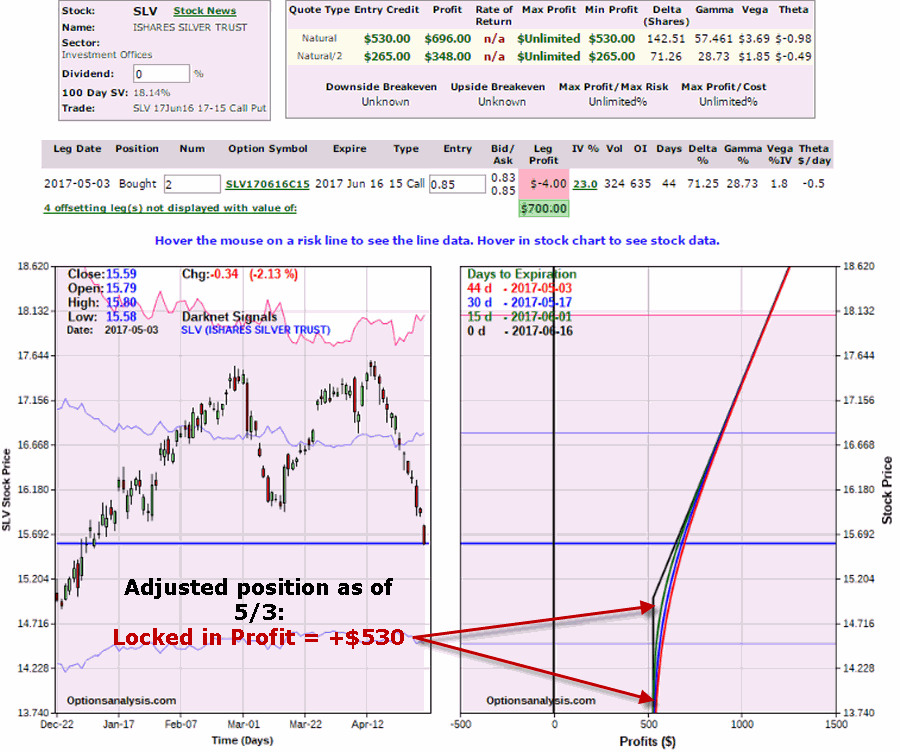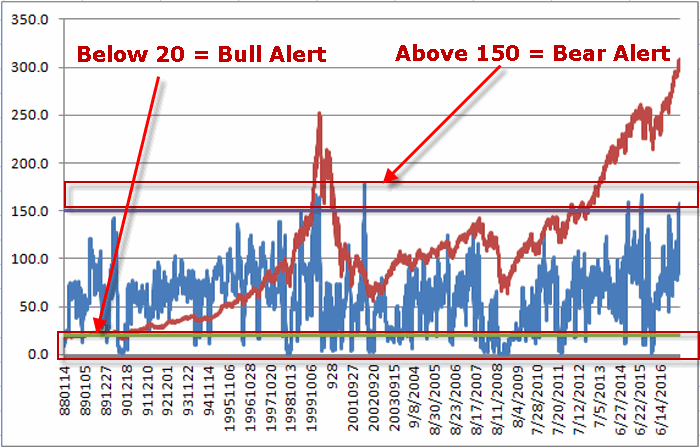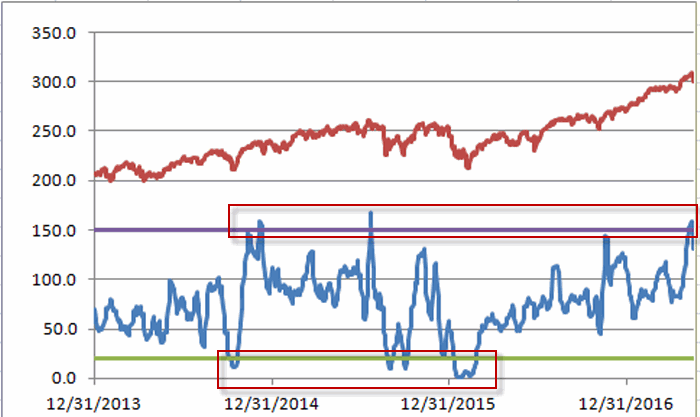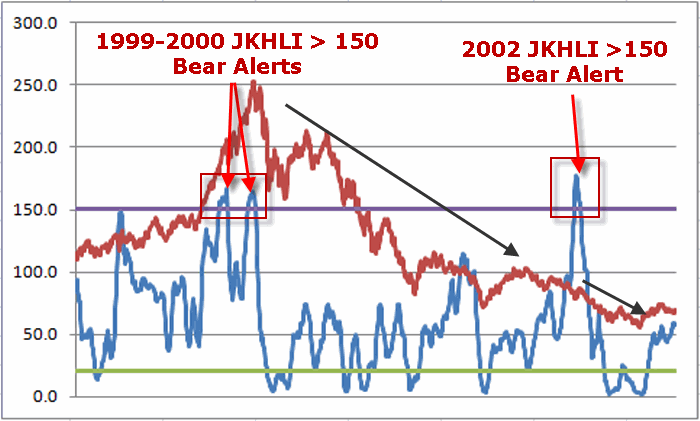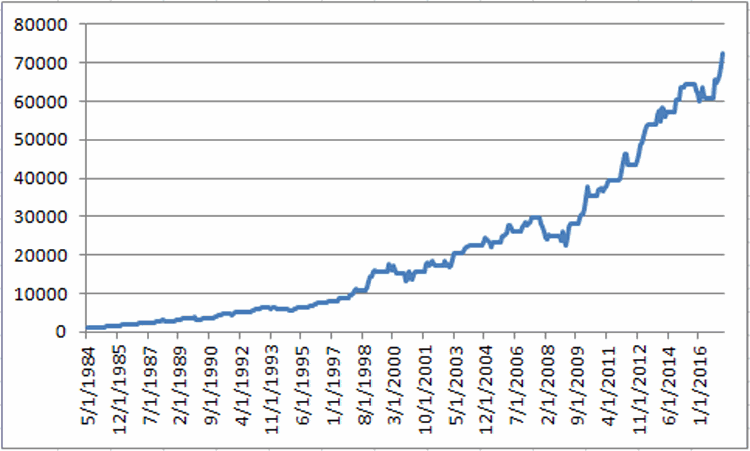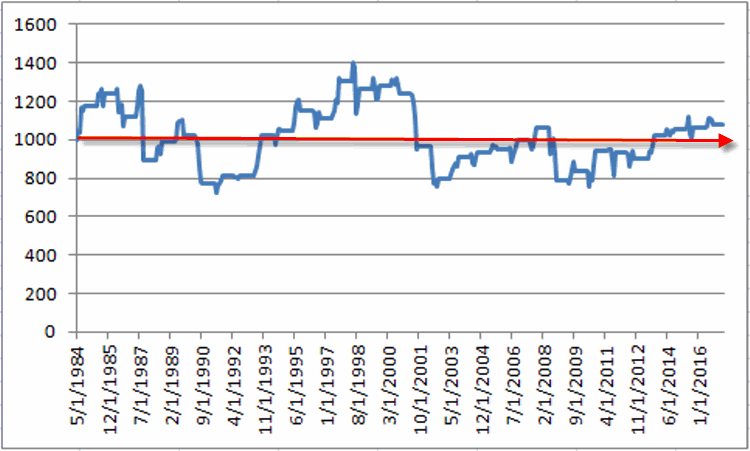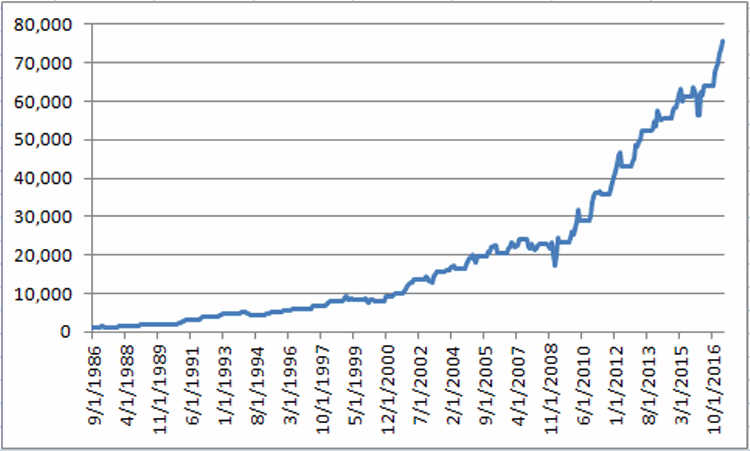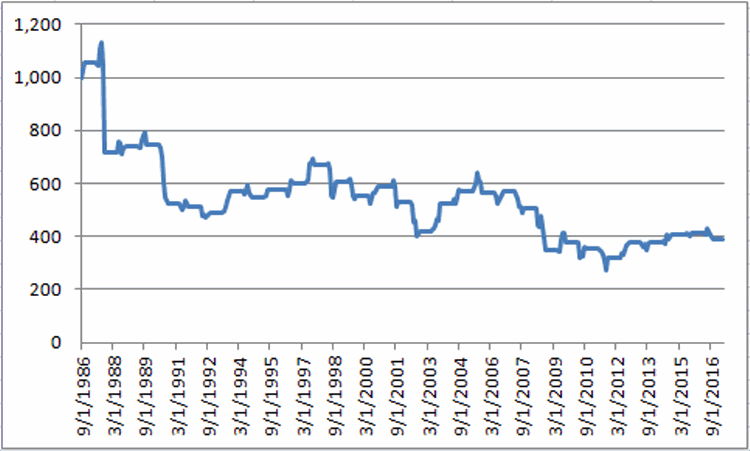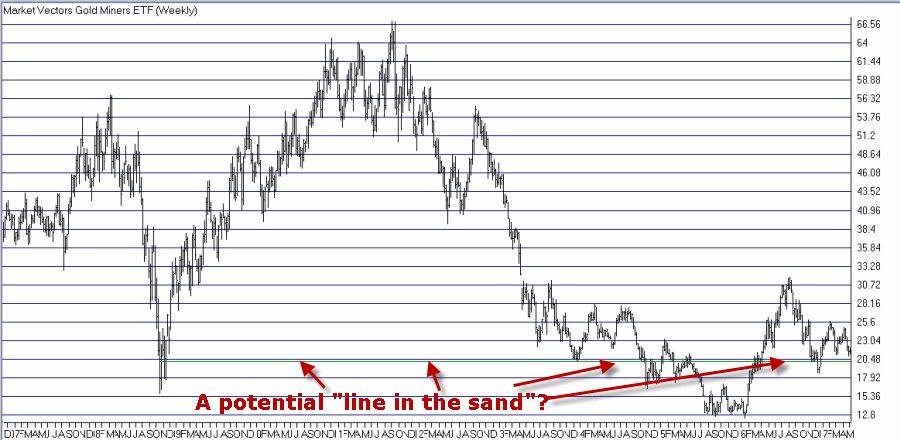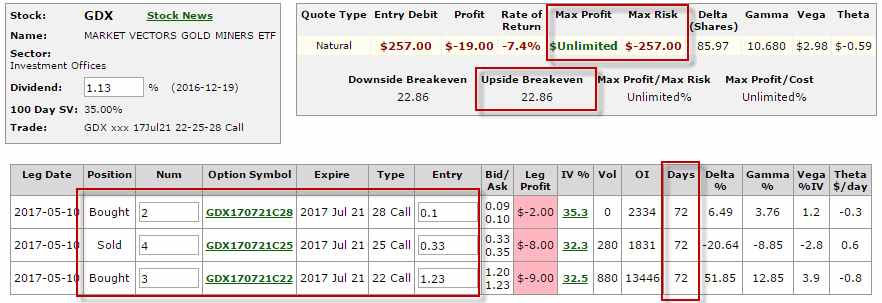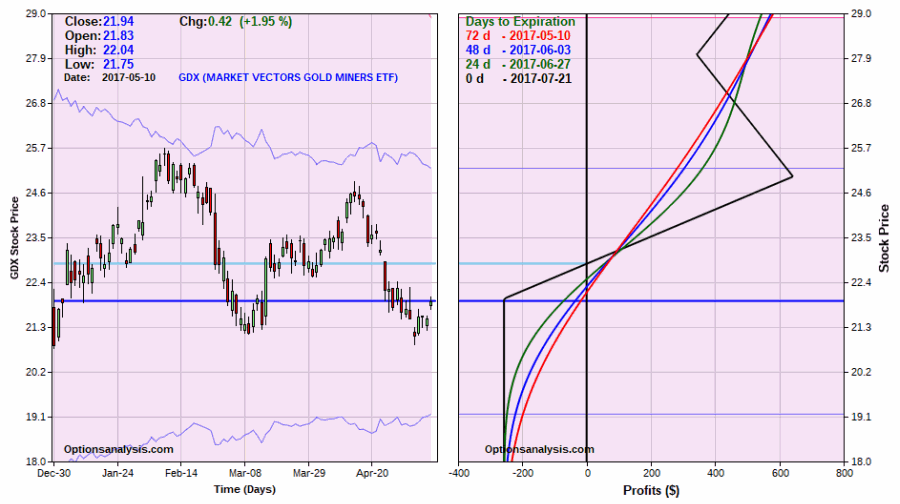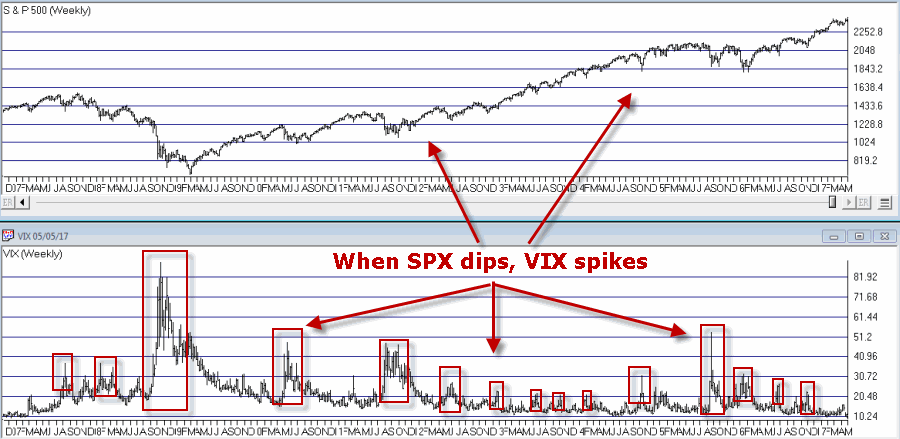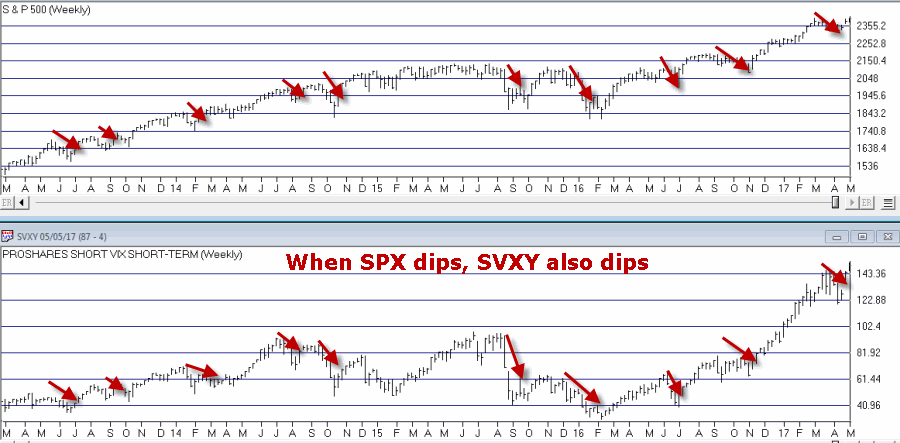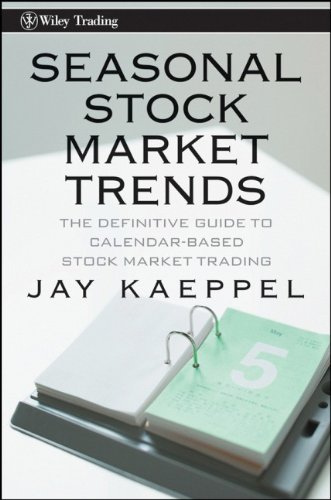There are many “seasonal” tendencies that have played out often in the stock market during post-election years and also during years ending in the number “7” (no, seriously). To review please see any or all of the following:
The Sordid Past of Years Ending in ‘7’
The Only Months That Matter in 2017
As the second article linked above indicates the months of July and December have typically performed well during post-election years. Beyond that though:
a) We are in BOTH a post-election year AND year ending in “7”.
b) The months of August, September and October have been particularly brutal in the past when this combination occurred.
Does this really matter and/or will it affect the market in 2017? It beat me, but it might at least be worth knowing about if defensive action is called for in the months ahead.
The August-September-October (Post-Election/Year “7”) Bermuda Triangle
Figure 1 below displays the percentage price change (no dividend data is included, price change only) for the Dow Jones Industrials Average during the aforementioned period.
Figure 1 – August/September/October Dow Jones Industrials monthly price changes during Post-Election Years ending in “7”
*As you can see, the month of September has showed a gain 2 times, however, the months of August and October – and the 3 month period as a whole – are both 0-5 in the past century. So only 2 of the 15 months in total showed a gain.
*The average 3-month performance for the “Post-Election/Year 7” Bermuda Triangle was -15.0%.
Figure 2 displays a monthly equity curve of just this period. It’s not a pretty picture.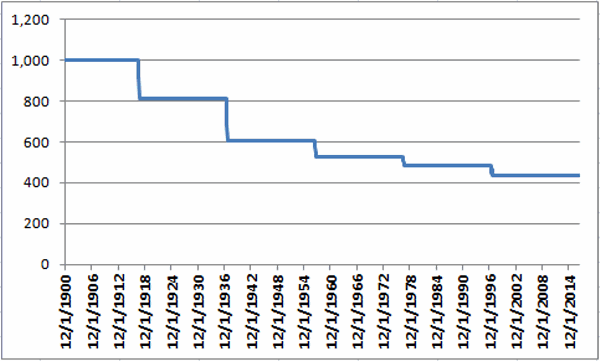 Figure 2 – Growth of $1,000 invested in the Dow Jones Industrials Average ONLY during August, September and October of “Post-Election Years ending in “7”
Figure 2 – Growth of $1,000 invested in the Dow Jones Industrials Average ONLY during August, September and October of “Post-Election Years ending in “7”
Summary
Let’s face it, it’s pretty easy to dismiss this “study” as some bizarro anomaly or calendar quirk based on a ridiculously small sample size. And do not assume that I am “predicting” anything here (as if I had the ability).
The only thing I do know is that if the market starts to breakdown anytime leading up to or within the August through October period there will be at least one market blog writer taking some serious defensive action.
Jay Kaeppel
Disclaimer: The data presented herein were obtained from various third-party sources. While I believe the data to be reliable, no representation is made as to, and no responsibility, warranty or liability is accepted for the accuracy or completeness of such information. The information, opinions and ideas expressed herein are for informational and educational purposes only and do not constitute and should not be construed as investment advice, an advertisement or offering of investment advisory services, or an offer to sell or a solicitation to buy any security.





